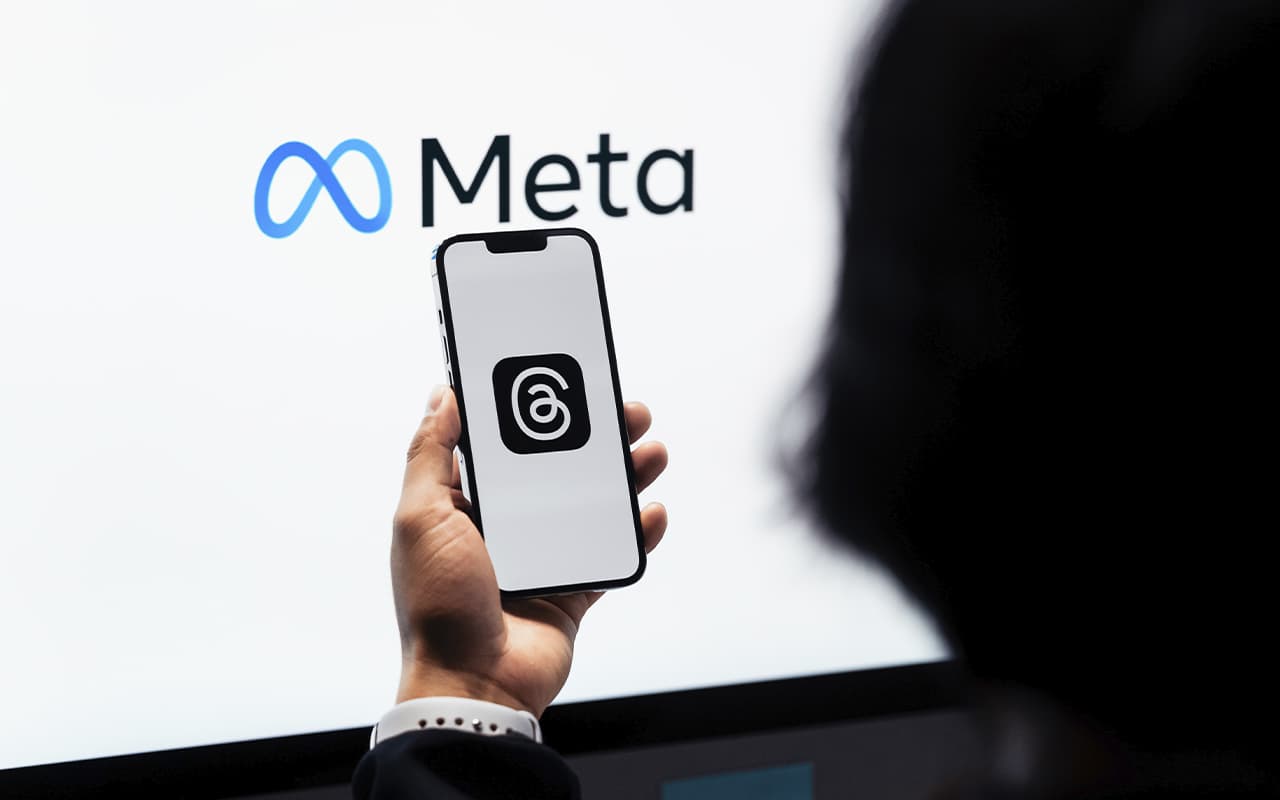Open APIs are publicly available interfaces. They are also sometimes called public APIs or free social media APIs.
They usually do not provide access to confidential or copyrighted data. Instead, they are designed to help developers use data that is publicly available.
For example, the Google Maps JavaScript API allows anyone to create a map with a specific placemarker and embed it on their website. This is a special use of data that is already publicly available on Google Maps.
Here’s what the code for a basic web page with a custom map created using the Maps JavaScript API looks like:
To use open APIs, developers may need to register for access or authentication. In the example above, you can see the API key, which is a form of authentication. Another form of authentication that is sometimes required for open APIs is called OAuth.
For example, to use the Facebook API, developers need to create a developer account. Before running an application that uses the Facebook API, the developer must add a verified company to the application. They also have to answer some questions about their data processing methods. The app then goes for verification.
Partner APIs
Partner APIs are only available to approved business partners. Before developers can access the API, they must apply for approval. They are then granted some type of access in the form of a license or rights agreement.
Because these APIs provide access to data that is not publicly available, they are much more limited in use. They are usually limited to performing one specific task. Authentication is usually required in the form of an access token.
Internal APIs
Back-end APIs are used to make different systems work better together on the same social network. They provide access to server data for developers who either work for the company or have a contract with the company. They are not available to third-party developers. They are also sometimes called private APIs.
